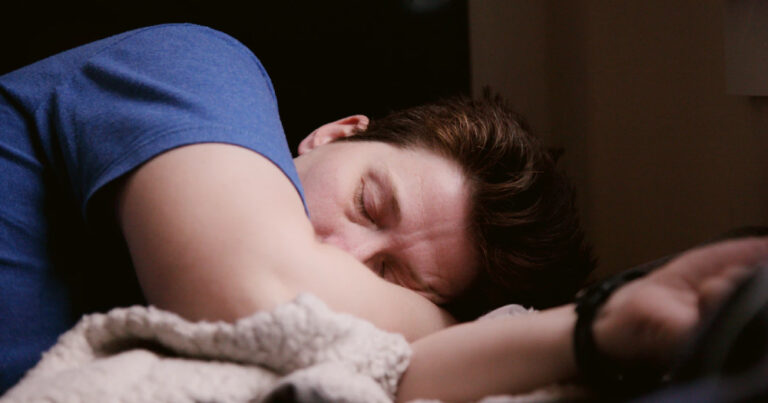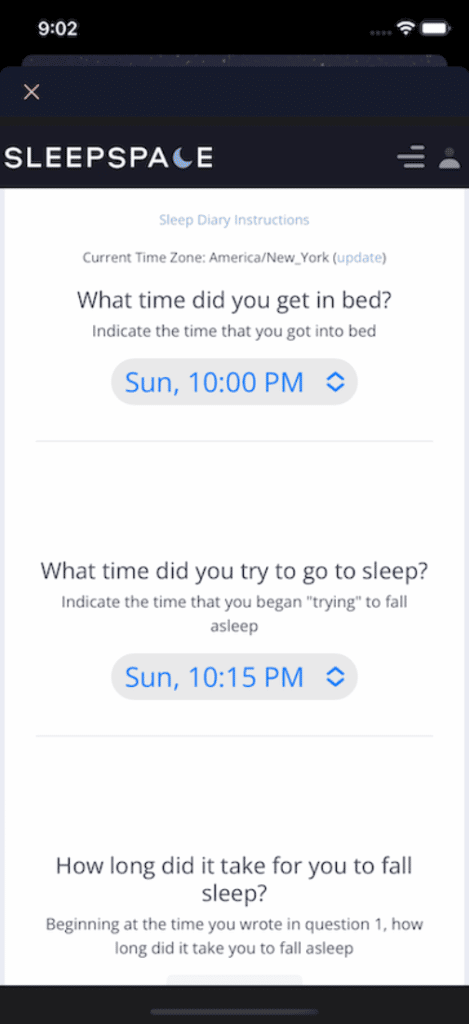
I’m a big believer in tracking your sleep. Sleep is a pillar of high performance—and personalized sleep data gives you powerful insight into how well you sleep at night.
If you track something, you can improve it. Once you have a baseline idea of how well you sleep, you can add things to your routine (or take them away) and see how your sleep quality changes.
That said, there’s a dark side to sleep tracking. If you get too into the weeds with your data, you can develop orthosomnia—anxiety over trying to perfect your sleep, which can (ironically) make you sleep worse. That causes more anxiety, which causes even worse sleep, and the resulting negative feedback loop can drive your sleep quality into the ground, sabotaging your performance.
If you tend to stress over your sleep data, don’t worry. Here’s how you can manage orthosomnia and get your sleep back on track.
Sleep Tracker Anxiety: the Rise of Orthosomnia
About 30% of U.S. adults use some kind of wearable to track their performance[*]. For sleep, more and more people are also using nearables—tracking tech that you put on your side table or near your bed.
Wearables are better at tracking your sleep stages, which requires accurately measuring cardiovascular function. Nearables are less invasive and can more accurately measure important sleep statistics like time in bed.
It’s great to have all that sleep data. You can see exactly how well you’re sleeping, and you can experiment with lifestyle changes and see how they impact your sleep.
The downside is that it’s easy to get lost in your personal data. More and more people are developing orthosomnia—trying to perfect your sleep in a way that stresses you out and, ironically, makes your sleep worse.
3 Stress-Free Ways to Stop Orthosomnia and Improve Your Sleep
If you’ve been stressing over your sleep data, there are a few things you can do.
Integrate Your Sleep Data
A lot of times, orthosomnia starts when there’s a mismatch between how you feel and your sleep data. For example, you may feel exhausted when you wake up, even though your sleep tracker says you slept well.
While sleep trackers are getting better and better, they’re still not 100% accurate. Different sleep devices excel at different measurements, and there can be considerable variation among their algorithms.
SleepSpace, one of my favorite pieces of sleep tech, offers a system that integrates all of your devices. SleepSpace lets you see the variability between different algorithms (and there is quite a bit). You’ll get a more accurate picture of how you sleep and what there is to improve, which can address the anxiety issue when it comes to interpreting your sleep data.
One reason I love SleepSpace is that they have peer-reviewed research showing that their tech works. It’s one of the most accurate sleep trackers on the market, and it integrates data from other devices (like the Oura ring or Apple Watch) and shows you the variation among them. Studies on SleepSpace show that compiling data like that gives you more accurate insight into your sleep patterns, which can improve your sleep quality[*].
Here’s an example. Note that there’s clear overlap in the sleep measurements, but also variation among the SleepSpace, Oura Ring, and Apple Watch:
Keep a Consensus Sleep Diary
What happens if you disagree with the data you get from your wearables or nearables?
The subjective experience of your sleep is sometimes an even more important metric than what sleep trackers tell you, especially if you are dealing with problems falling asleep and staying asleep.
For that reason, sleep scientists have come to agree on what is known as the ‘consensus sleep diary’ for evaluating sleep. With SleepSpace, users can either use the wearable and nearable data to more accurately fill out the sleep diary, or enter their diary information first in order to get an unbiased measure of the very real, yet subjective, experience of sleep. Here’s an example:
The consensus sleep diary is a series of questions about your sleep that takes only a few minutes to complete (1–2 mins).
Sleep researchers often use a consensus sleep diary with patients who struggle to fall asleep and stay asleep. The questions can help you better contextualize sleep in order to address sleep misperception and orthosomnia.
Use Sound Masking Technology
Tracking sleep is just a means to an end. In the last few years, sleep tech has graduated into devices that actively enhance your sleep, instead of just telling you how well you’re sleeping.
Sound is one of the major things that wakes you up at night. Continuous noise isn’t an issue, even if it’s loud. Your brain tunes it out. The bigger problem is abrupt shifts in your sound environment. That’s why an alarm or a sudden snore from your partner pulls you out of sleep, but a steadily humming AC unit doesn’t cause you issues (and may actually help you fall asleep).
SleepSpace offers unique sound masking technology called a smart sound mask that subtly adjusts background noise based on whether or not you are asleep to more effectively block out noise pollution at night.
The best part of sound masking tech is that it improves your sleep for you. There’s nothing to track or stress about; you just turn it on and sleep better. That can go a long way toward improving orthosomnia.
Hack Your Sleep without Anxiety
Orthosomnia doesn’t have to undermine your sleep hacking goals. With a few adjustments to how you track (and enhance) your sleep, you can get back to a place of mental balance—and you can get back to deep, restorative sleep.












